Who Excels Where? — Country Strengths, Access Gaps, and Implementation Paths
The same plan can reach very different depths depending on the country and center. This chapter maps global strengths across basic research, clinical neuro-oncology, development, delivery, and data, then turns them into practical implementation paths.
Today’s Goals
- Recognize strength clusters by country/region.
- Understand access gaps (testing, devices, coverage, trial pipelines).
- Adopt implementation paths you can adapt to your country.
Regional Strength Snapshots
United States Trial density / Devices / Diversity
- Span from basic to locoregional: cell cycle, immunity, delivery, device-enabled therapy.
- Major centers offer advanced imaging, panels, CNV, and routes like CED.
- Robust trial search tools, registries, and patient advocacy.
Europe & UK High SOC quality / Imaging / Regulation
- International trials backbone; strong imaging and neurosurgery; experience with radiation/devices.
- Access varies by country; notable hubs in UK/Nordics/DE/FR/IT/NL.
Japan Refined clinical care / Imaging & surgery / Locoregional tech
- Fine-grained planning (DTI, navigation) and microsurgery quality.
- Experience with selective, locally concentrated energy/dose approaches (center-dependent).
- Access to trials and reimbursement varies by institution.
Canada / Australia High-quality SOC and access
- Strong public systems for imaging/pathology/radiation.
- Gateways to advanced trials exist, mainly at urban hubs.
Israel / Switzerland / Singapore Agile trials / Precision / Devices
- Smaller but nimble; precision and engineering collaborations.
- Rapid implementation of delivery or image-guided approaches.
Korea / China Surgery & imaging scale / Data
- High-volume neurosurgery and imaging adoption; device rollouts.
- Large datasets and AI potential (center-to-center variation).
Capability Matrix (coarse comparison)
| Domain | Regions often strong | Keys to implementation |
|---|---|---|
| Basic / Preclinical | US, EU, UK, Israel | Models, omics, imaging–pharmacology integration |
| Clinical Neuro-oncology | US, EU, Japan, Korea | DTI/navigation/intraop monitoring; fractionation/stereotaxy |
| Delivery & Locoregional | US, Japan, EU, Israel, Singapore | CED/ultrasound/catheters; selective local energy/dose |
| Immunity / Myeloid Targets | US, EU | Local delivery × checkpoint synchronization |
| Electric fields / Devices | US, EU, Japan | Adherence support and skin care pathways |
| Data / AI / Composite Dx | US, EU, China, Japan | Imaging × transcriptome × CNV; registries |
These are broad tendencies; in practice, center-level differences dominate.
Access Gaps: Where Differences Emerge
Testing & Diagnostics
- Availability/coverage of MGMT, panels, CNV (7+/10−).
- Routine use of DTI and advanced imaging.
- Single-center workflows for composite diagnostics.
Treatment & Devices
- Access to field devices, focused ultrasound, catheters/CED, image-guided delivery.
- Experience with selectively concentrated local energy/dose modalities (center-dependent).
- Home support/adherence infrastructure.
Systems & Pipelines
- Coverage/reimbursement; second opinions.
- Trial portals, referral networks, interfaces to international studies.
- Registries and outcome tracking.
Teams & Collaboration
- Neuro-onc, neurosurg, rad-onc, pathology, imaging, engineering under one roof.
- In-house CRCs, data managers, and nursing support.
Implementation Paths (adapt to your country)
- Referral/second opinion to a GBM hub; secure DTI + molecular panel + CNV as the foundation.
- Composite Dx report (use Part 6 template): align pre-CC/OPC/AC/MES with imaging.
- Initial plan (Parts 4–5): anti-invasion × anti-proliferation + microenvironment (e.g., MIF–CD74).
- Delivery choices (Part 7): match to center capabilities—ultrasound/CED/locoregional routes.
- Trial search: leverage national portals, advocacy groups, and international gateways.
- Home/support: device wear-time and toxicity management logistics.
Caveats
- Center > Country: volumes, outcomes, and team integration vary widely.
- Within-country gaps (urban vs. regional) affect devices and trial availability.
- The quality of SOC (surgery, radiation, TMZ, supportive care) remains the bedrock.
Quick Summary
- Strengths differ: delivery, devices, immunity, cell cycle, and composite Dx define feasible combos.
- Access gaps stem from tests, devices, and systems; use template paths to bridge.
- Next (Part 9): we’ll synthesize how to tackle plasticity, diversity, and state shifts with fewer moves that reach deeper.
My View
I prioritize delivery (make it reach) and niche cooling first, then flank with cell-cycle and anti-invasion—tuned by composite diagnostics. When feasible, options that concentrate energy or effect locally can simplify and deepen regimens.
Edited by the Morningglorysciences team.
Related Article




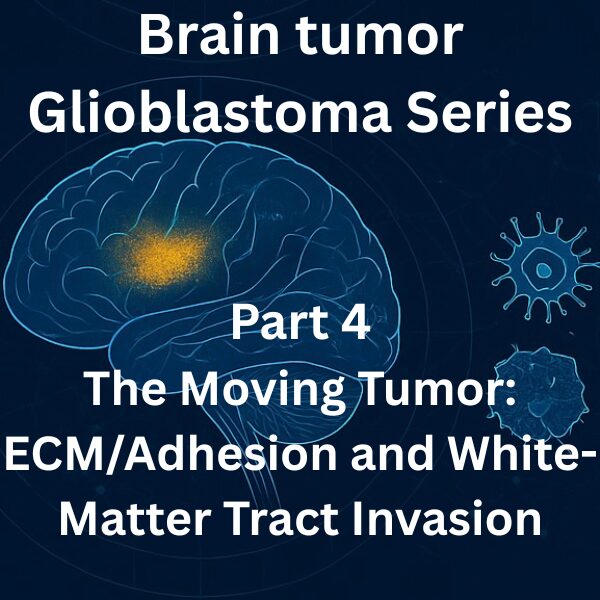
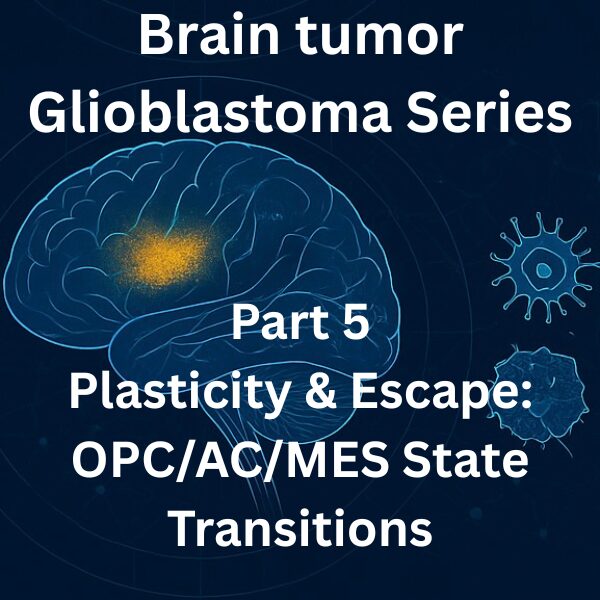
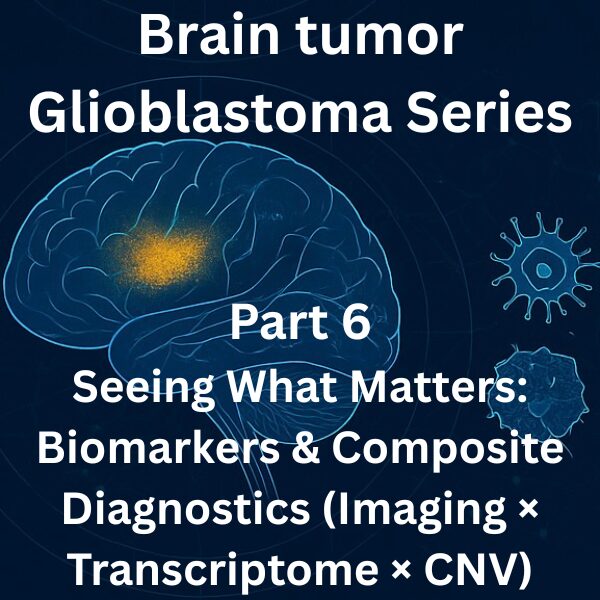
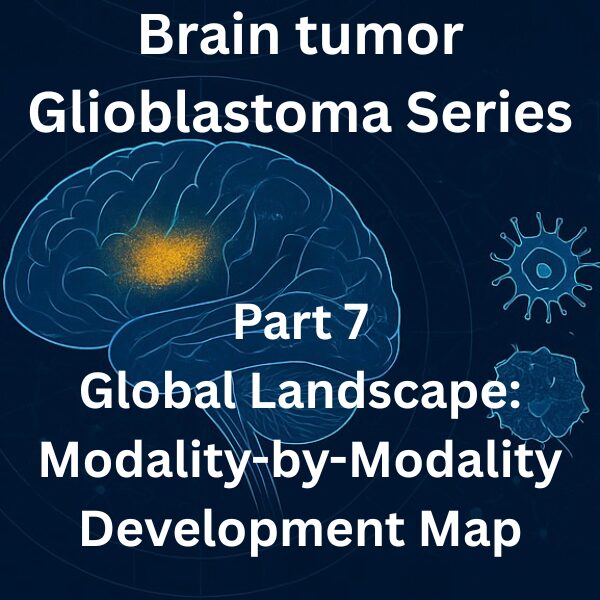
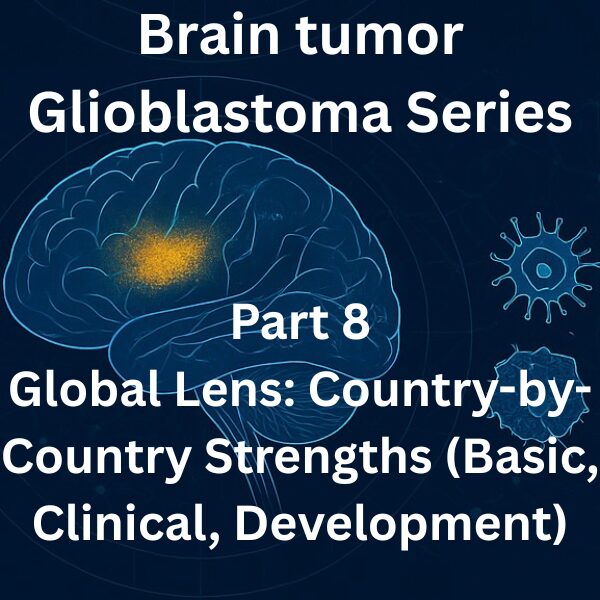







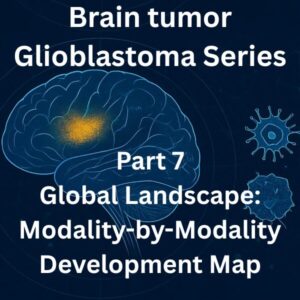
Comments